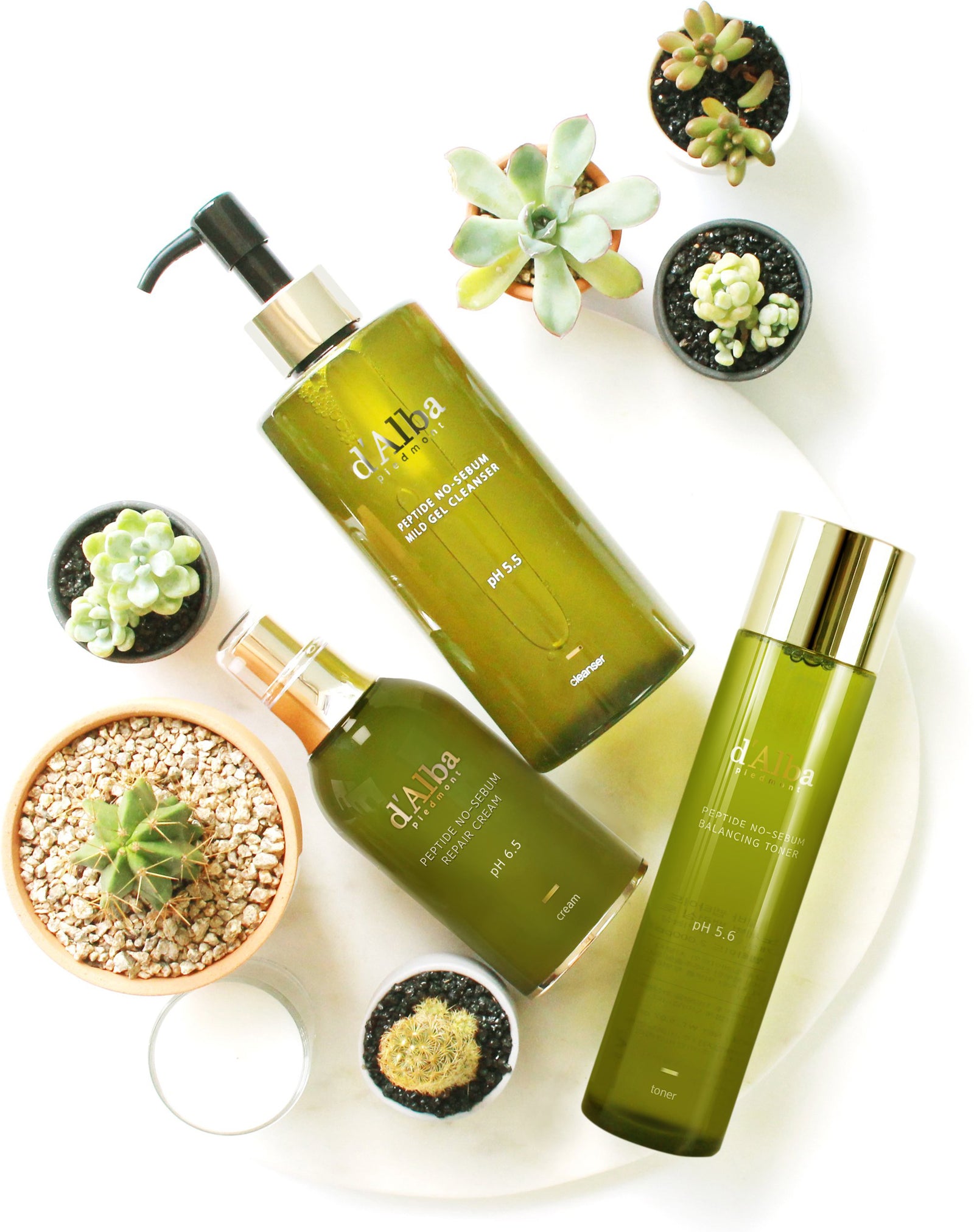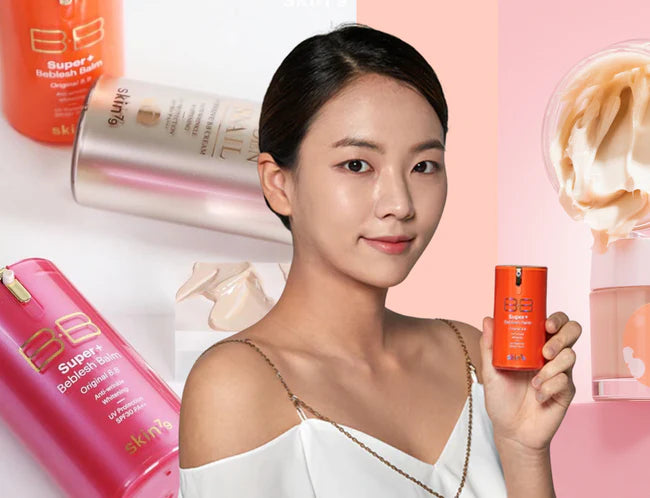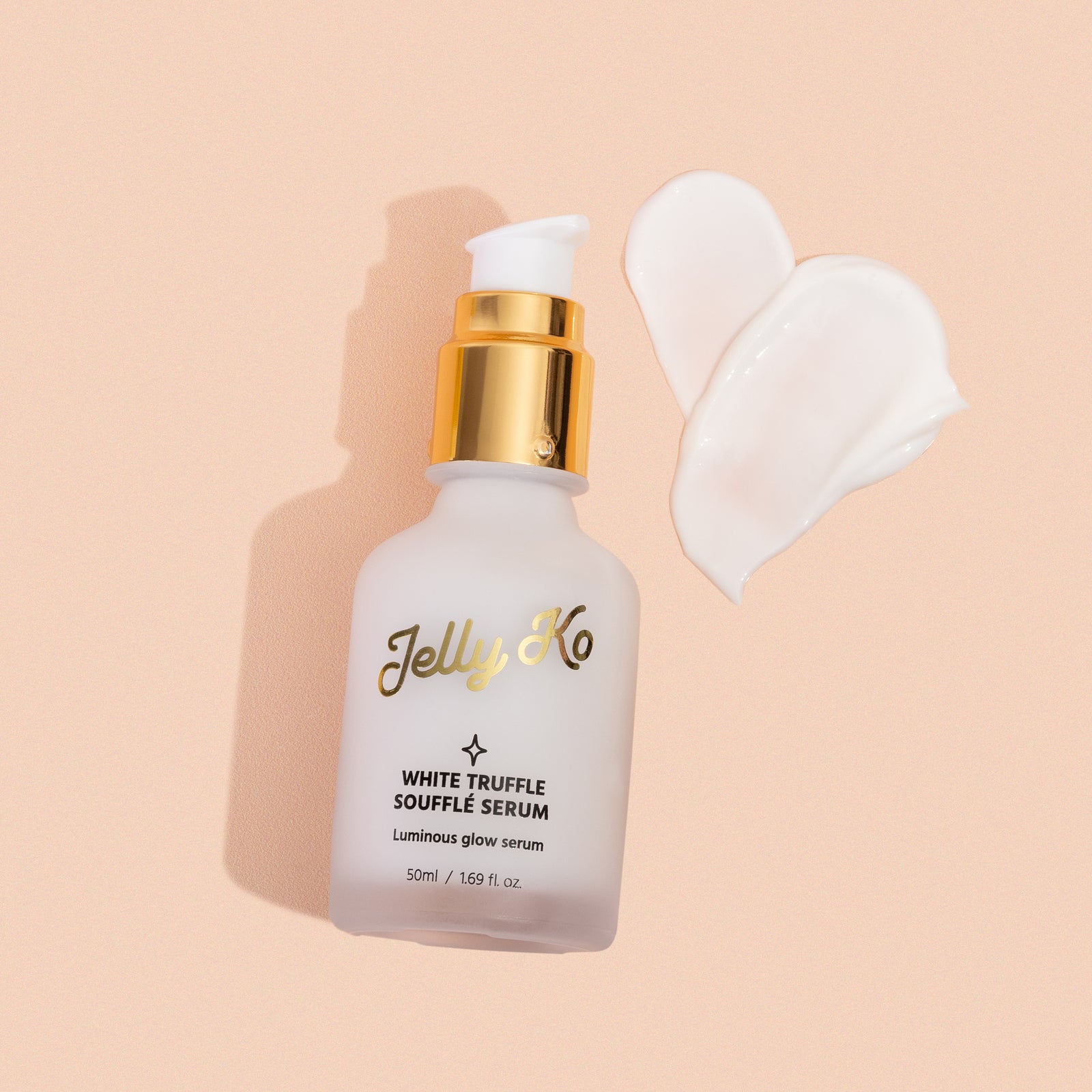Last month to shop K-Beauty on STYLE STORY. We’re moving to K-Beauty consultancy. Details
Menu
Why Korea Banned ‘Exosome’ Skincare Ads and What It Means for the Industry
November 12, 2025

Episode 274 • The Korean Beauty Show
Why Korea Banned ‘Exosome’ Skincare Ads and What It Means for the Industry
Exosomes are everywhere in Korean beauty in 2025. Clinics promote “exosome facials.” Serums boast about “75 billion exosomes.” TikTok is full of promises about collagen, healing, and glow. In this deep dive, I explain what exosomes are, what brands are promising, what the evidence and regulations allow, and how this plays out across the major markets.
Important: I am not a scientist and this episode is not medical advice. I am a lawyer and a brand founder, so the focus of this episode is a basic understanding of the science and its impact on the legal, compliance and regulatory side, as well as the realities for brands and consumers. I plan to bring a dermatologist on in 2026 to cover the clinical side in detail.
What Exosomes Are and What They Are Not
In cell biology, exosomes are a narrowly defined class of extracellular vesicles. These are tiny lipid bound packets that cells release. In real world isolation, it is hard to prove the exact subtype, which is why many researchers use the broader term “small EVs.” Skincare marketing often uses the word in a very different way than bioscientists do.
Different cells release different vesicles with different cargos. Stem cell vesicles may carry regenerative signals. Cancer cell vesicles can contribute to disease. The key takeaway is that when a cosmetic product claims to use “exosomes,” it is invoking a precise scientific term for a non uniform mixture that is rarely characterized like it would be in a laboratory.
Further reading: American Pharmaceutical Review, MISEV 2023 guidance.
Why People Care About Exosomes
Although exosomes have been studied for decades, attention has accelerated because they appear to help cells communicate, carry macromolecules, and potentially serve as drug delivery vehicles. That is exciting for regenerative medicine and it is also the reason regulators are paying close attention to them.
As James R. Edgar from the Cambridge Institute for Medical Research explains in his BMC Biology article, exosomes are small, lipid bound vesicles that transport proteins, lipids, and RNA between cells. Edgar also notes that the term is used loosely outside research, which contributes to confusion in consumer industries like beauty.
Source: Edgar, J.R. (2016). “Q&A: What are exosomes, exactly?” BMC Biology. Read the article
How Scientists Isolate Vesicles and Why Stability Is Difficult in Skincare
Labs separate vesicles using ultracentrifugation, size exclusion chromatography, or filtration. Each method enriches different fractions and can pull contaminants. Good practice is to report the method, particle counts and sizes, marker proteins and contamination checks that align with field standards such as MISEV.
These vesicles are delicate. They dislike heat, light, and repeated freeze and thaw cycles. Research samples are stored at very low temperatures and handled in specific buffers. Consumer products like serums and moisturisers sit in hot warehouses, in the back of postal trucks and then in bathrooms for months. Some studies show lyophilised milk vesicles can be reconstituted under tight controls. That does not guarantee stability or activity for every finished cosmetic.
Plain English takeaway: If a regular cosmetic product claims to contain intact exosomes or EV activity, ask for testing on the finished formula, not just the raw ingredient.
Marketing Claims and What Evidence Exists
- Common claims: Boosts collagen. Heals faster. Reduces inflammation. Improves other actives. Fades pigmentation.
- Evidence to date: The strongest data is preclinical. Small human studies show benefits as an adjunct after in clinic procedures like laser or microneedling where the barrier is intentionally opened.
- On intact skin: Penetration and efficacy without assisted delivery remain uncertain.
Bottom line: There is plausible biology and promising post procedure support for use in a clinical setting. For stand alone retail serums on intact skin, clinical evidence is still limited. Treat big promises as possible in theory rather than proven.
Human Derived Versus Plant, Milk, or Synthetic
Human derived vesicles can carry proteins and RNAs that influence cells. That places them in biologics territory and is why medical regulators view them as drugs. Plant, milk, or synthetic vesicles do not raise the same human tissue or ethical issues, so they are generally treated like delivery systems. They are not the same thing and the terms often get used as if they are interchangeable. Many papers use the term “exosome like” for plant vesicles because their formation pathways may differ from human ones.
How Regulators View Exosomes
- United States (FDA): Products intended to treat disease or affect structure or function are drugs or biologics and require approval. For cosmetics, the claims made in advertising determine the category. There are no FDA approved exosome products.
- European Union and United Kingdom: Human origin tissues, cells, and their products are prohibited in cosmetics under Annex II entry 416. That excludes human derived exosomes.
- Australia (TGA): Human cell or tissue derived ingredients are regulated as biologicals and cannot be supplied as cosmetics. There are no approved exosome therapies.
- South Korea (MFDS): From 21 January 2025, use of the word “exosome” is prohibited in cosmetic advertising. The goal is to prevent medical sounding and misleading claims and consumer confusion.
What this means for shelves: Many “exosome” products use plant or milk EV like materials, conditioned media, or platelet lysate. These are not the same as purified human exosomes.
How to Vet Exosome Skincare
- Source: Human, plant, or milk. Human derived sources are banned in EU and UK cosmetics and trigger TGA rules. Korea bans the term “exosome” in cosmetic ads.
- Characterization: Ask for MISEV aligned data on the finished formula. Look for TEM or NTA counts, size distribution, marker proteins, contaminant checks, and a potency assay.
- Stability: Request real time and accelerated stability on the finished serum, not just the raw EV prep.
- Clinical evidence: Distinguish post procedure adjunct data from intact skin data.
- Claims control: Terms like “regenerate,” “rebuild collagen,” “cell activity,” or “heal” can turn a cosmetic into a drug in many countries, including Korea, Australia and the United States.
Sources and Further Reading
- Field guidance and definitions: ISEV 2023 “Minimal information for studies of extracellular vesicles (MISEV)” — PubMed.
- Scientific background: Edgar, J.R. (2016). “Q&A: What are exosomes, exactly?” BMC Biology, Cambridge Institute for Medical Research. Read here.
- Overview: American Pharmaceutical Review: “Exosomes: The Good, Bad, Ugly and Current State.”
- Clinical and preclinical in skin: Split face RCT after fractional CO₂ laser with adipose derived exosomes (n = 25), PMC. Scoping review of EVs as human therapeutics, ISEV Journals. Reviews on EVs in wound healing and skin aging, PMC and BioMed Central.
- Non human sources in cosmetics: Large scale milk EV isolation and lyophilization, PMC and ScienceDirect.
- Regulation, United States: FDA Public Safety Notification on exosome products (2019). FDA warning letters and “when a cosmetic becomes a drug.”
- Regulation, EU and UK: Annex II entry 416 bans human origin materials in cosmetics, European Commission.
- Regulation, Australia: TGA biologicals framework and advertising restrictions.
- Regulation, South Korea: 2025 MFDS update restricting the term “exosome” in cosmetic advertising. KBS report and regulatory summaries in PMC and MDPI.
Disclosure: Some show notes include affiliate links. If you buy through these links, we may earn a small commission at no additional cost to you. This helps offset the costs of producing, editing, and distributing the podcast.
✨ Connect with Lauren ✨
🎥 Watch the Podcast on YouTube
Prefer to watch instead of listen? Catch the full discussion and visual breakdown of each episode on our YouTube channel. Do not forget to subscribe for new K-Beauty deep dives every week.
Shop Now
Lauren Lee, Host of the Korean Beauty Show podcast“Korea didn’t ban exosome science but it banned advertising that makes cosmetics sound like medicine because they're not...”










Leave a comment
Comments will be approved before showing up.